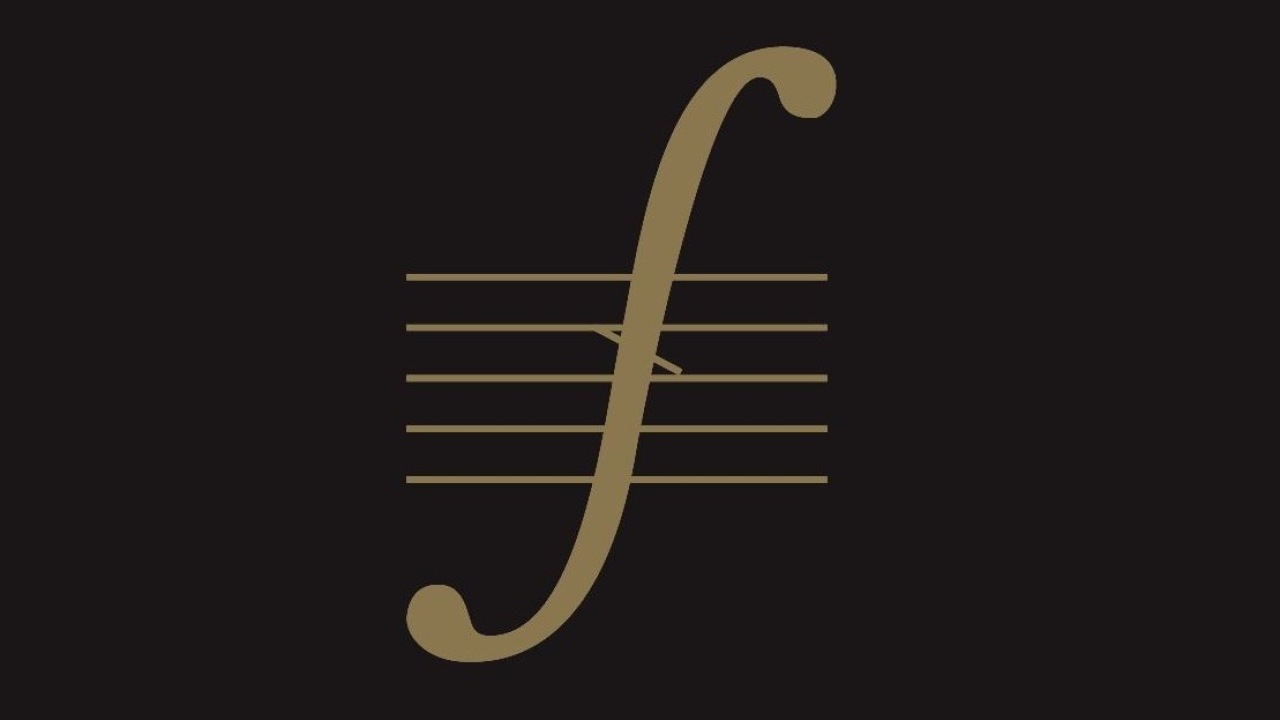You can trust Louder
Roxy Music have been cited as an influence by so many bands, and claimed by so many genres – glam, punk, indie, electronic, art rock, pop, new romantic and, yes, prog – that it’s hard to pinpoint what exactly it was they were. Now we have an opportunity to consider their status with The Complete Studio Recordings, comprising 10 remastered CDs. It’s the entire output from 1972’s self-titled debut to 1982’s final LP Avalon, plus a couple of discs of singles and alternate mixes (Virginia Plain, Pyjamarama), B-sides and extended 12-inch versions, many new to CD.
There is a strong argument that they were a prog band. If Brian Eno’s synthesiser experiments, tape effects and studio tricks weren’t prog, then they were certainly progressive, and at the very least saw him making a noise that had much in common with the krautrock kids. Then there was Bryan Ferry, who had auditioned, in early 1970, to sing for King Crimson. David O’List of The Nice was originally Roxy’s guitarist, before the post was filled by Phil Manzanera. Keyboardist and violinist Eddie Jobson, who joined the band following Brian Eno’s departure, had been in Curved Air (later to join Jethro Tull). And Roxy’s debut album was produced by Pete Sinfield of King Crimson.
What Roxy Music did, at least at the start, was quite jagged and strange. The debut’s opening track Re-make/Re-model was at once 50s rock’n’roll revisited and a futuristic new blast, a postmodern patchwork of sax, pounding piano, guitar screech, electronic bleeps and the chugging insistence of The Velvet Underground. It’s astonishing to think that this cacophonous surge appeared on an album that made Number 10 in the charts. This was where the progressive counterculture met the glam mainstream.
Ladytron was an eerie soundscape that could have appeared on a contemporary Genesis album, and boasted enough abrupt tempo shifts to appease a Yes fan. Most of the tracks had discrete sections and instrumental passages, such as the pastoral interlude on The Bob (Medley), which featured the sound of warfare a decade ahead of the sampling revolution.
By 1973’s For Your Pleasure, on Do The Strand Ferry was using his mannered croon to proclaim,_ ‘There’s a new sensation, a fabulous creation’_, as if we didn’t know. All the Roxy signifiers – the glamorous artwork bearing supermodels, the lyrics evoking the emptiness of the high life, the music connoting luxury and heartache – are in place here, on the ‘swimming pool life’ alluded to on Beauty Queen and the epic paean to a blow-up doll, In Every Dream Home A Heartache, complete with guitar freak-out and Eno’s psychedelic phase-shifting.
Eno left ahead of Stranded (also 1973), allowing Ferry to play the suave loner to the hilt, drawn to yet bored by ‘fashion house ladies’. It was another showcase for florid musicianship, but on tracks such as Serenade there was a punk attack three years ahead of schedule (producer Chris Thomas later worked on Never Mind The Bollocks). There was also a sense, on A Song For Europe, of Roxy already lapsing into self-parody. ‘The world is my oyster, it’s only a shell full of memories’, moaned Ferry the tortured narcissus.
Country Life (1974) and Sirens (1975) found the band following their own formula. Despite the latter containing two of their best-known singles – Love Is The Drug and Both Ends Burning – these albums felt like a summation rather than a revolution. They were moving inexorably towards the streamlined languor and glossy art ache of Avalon (1982).
Sign up below to get the latest from Prog, plus exclusive special offers, direct to your inbox!
But first, following a hiatus, there was 1979’s Manifesto, its disco for bored mannequins (as the sleeve had it) proving Roxy had become the very thing they used to satirise. Trash was just a pallid retread of new wave, Ferry aping the clipped moderne/machine delivery of Devo et al, his lyrics a series of tried-and-tested tropes: ‘Dance away the heartache’; ‘loneliness is a crowded room’ etc.
Flesh & Blood (1980) and Avalon (1982) were the pinnacle of Roxy’s airbrushed ambition. Once ahead of their time, now the best you could say about the fretless bass and washes of synth was that they were of the moment. For some, this was pop at its most immaculate; for others it was a pretty, ultimately sterile vacancy. Still, it was fun while it lasted.
Paul Lester is the editor of Record Collector. He began freelancing for Melody Maker in the late 80s, and was later made Features Editor. He was a member of the team that launched Uncut Magazine, where he became Deputy Editor. In 2006 he went freelance again and has written for The Guardian, The Times, the Sunday Times, the Telegraph, Classic Rock, Q and the Jewish Chronicle. He has also written books on Oasis, Blur, Pulp, Bjork, The Verve, Gang Of Four, Wire, Lady Gaga, Robbie Williams, the Spice Girls, and Pink.


